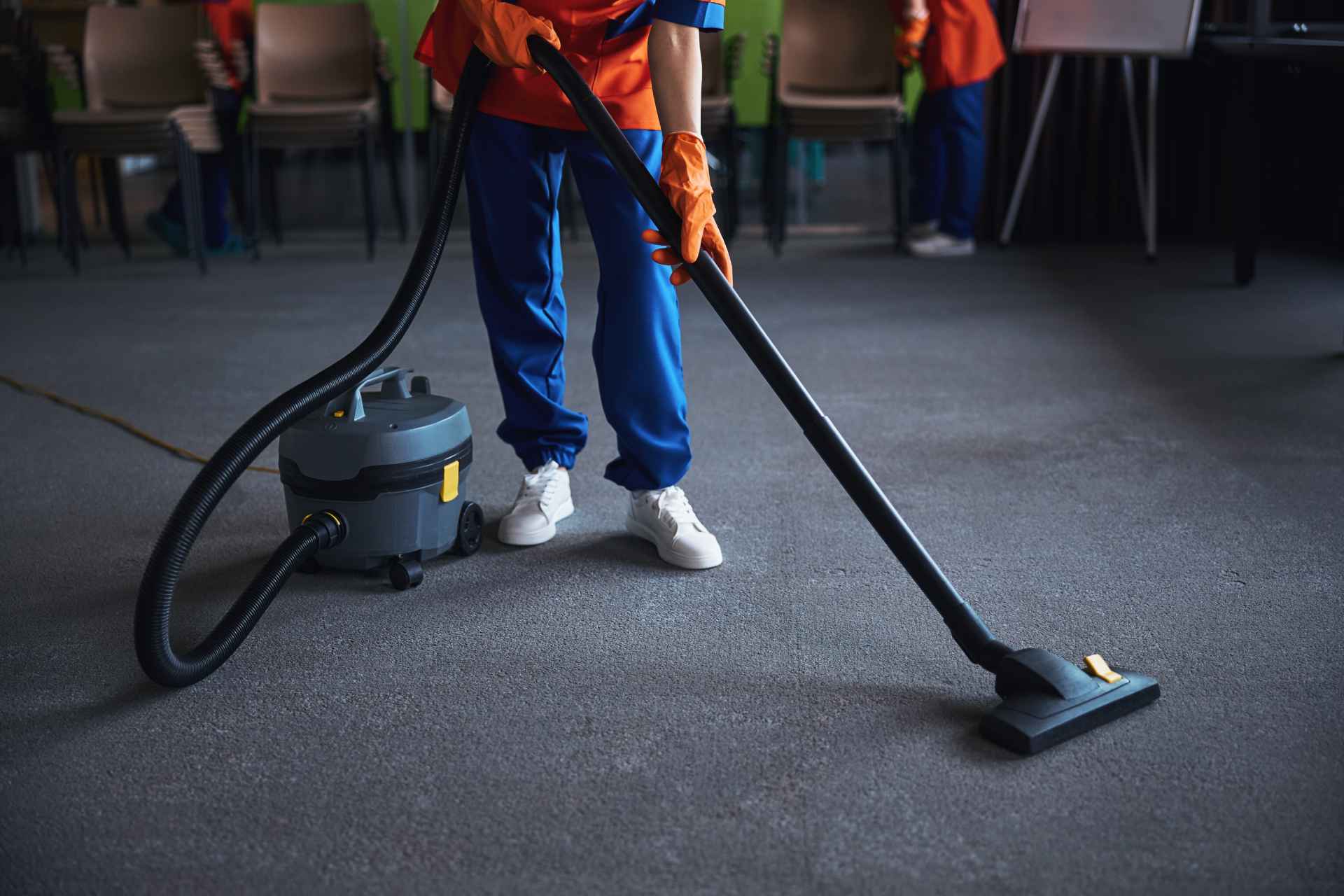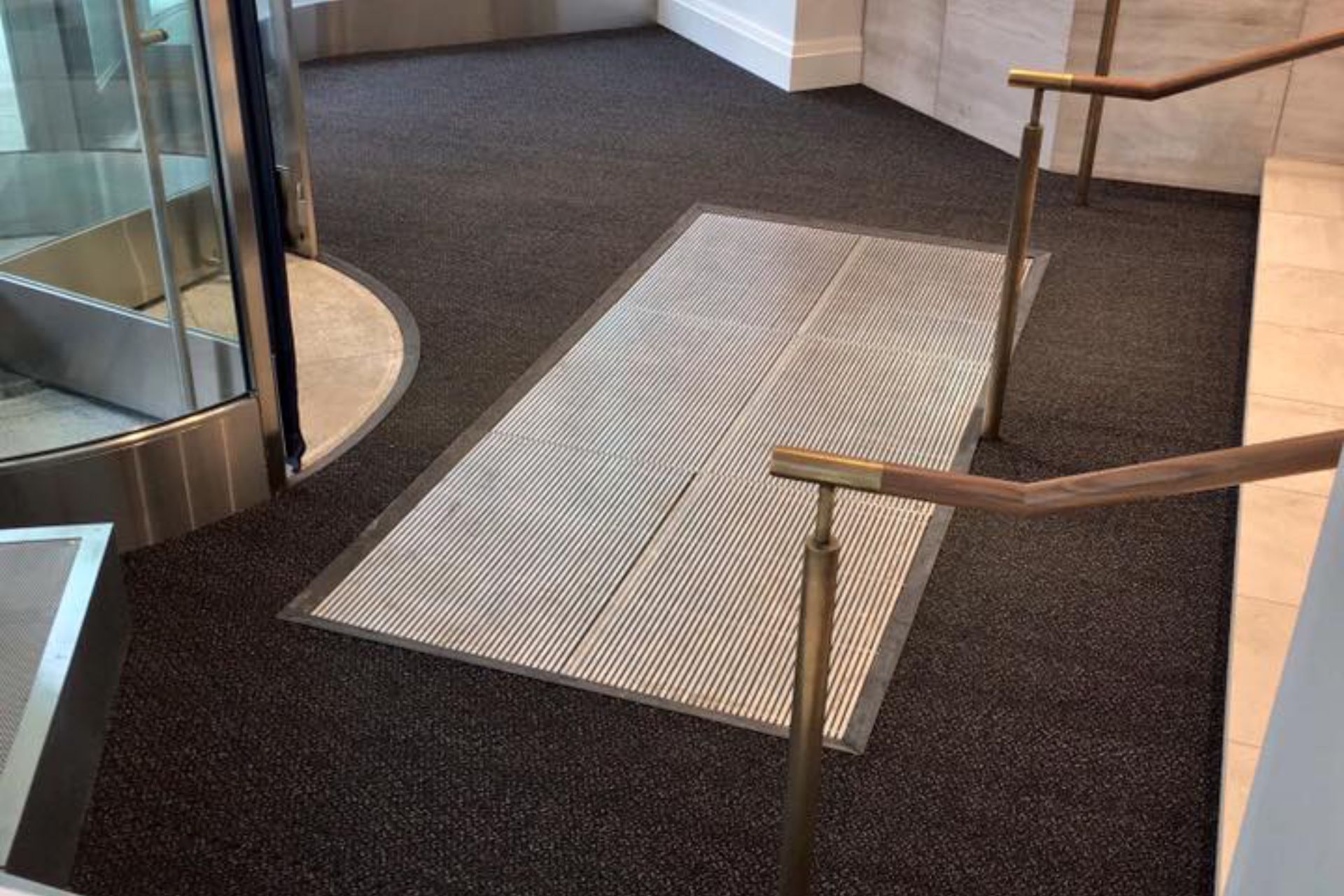While there are definitely similarities in cleaning, sanitizing, and disinfecting as part of the maintenance for houses and work spaces, there are also various differences. These differences determine the suitability and end result of each of these forms of maintenance. To clarify any doubts about your maintenance plans, here are five differences that help you know which is suitable for the situation at hand.
1. The clean-up order
Usually, cleaning is done before sanitizing and disinfecting. This is because cleaning clears the area of noticeable dirt and it enhances the outcomes of the other processes. After cleaning, comes sanitizing or disinfecting to act as a filter system for less noticeable dirt and germs. The order in which these processes are carried out is important for an effective clean up.
2. Function and outcomes
Cleaning is done primarily to make the area look orderly and presentable. The process of sanitizing reduces the microorganisms in the area, while disinfecting sterilizes the environment of any leftover bacteria and viruses. As you have probably already guessed, if you stop at just cleaning in your maintenance process, you are at risk of getting infected with illnesses, so it is always advisable to disinfect and sanitize after every cleanup.
3. Supplies
For cleaning, the supplies are concentrated on getting rid of dirt and making surfaces appear clean and free of junk. Meanwhile for sanitizing, chemicals that get rid of germs or basic sanitizers can be used, and for disinfecting, intense chemicals like bleach and anti-bacterial solutions are applied to the area. Industrial cleaning supplies typically include materials and chemicals for all three sections of the maintenance process. These supplies may be more intensive than your usual home-friendly cleaning supplies.
4. Application process
During cleaning, a water-detergent mixture is commonly used to immediately wipe and mop an area that was recently vacuumed or dusted. Sanitizing is a somewhat easier process because a sanitizer can be applied through wiping, sprinkling, or spraying. A disinfectant, on the other hand, may be left on an area to absorb and get rid of any harmful bacteria or germs before the cleaning process is considered complete.
5. Efficiency in germ removal
These three processes aim at achieving a germ-free environment and they are all important, but it is safe to say that some perform more in this aspect than others. Cleaning a surface or an environment results in the disappearance of noticeable dirt but it also leaves germs that are not noticeable. Sanitizing is quite different from cleaning because it reduces the level of germs. Disinfecting completes the whole cleaning process by getting rid of any excess germs.
The trio compliments each other well but each brings something different to the clean-up table. Be sure to keep this guide in mind before your next clean up!






